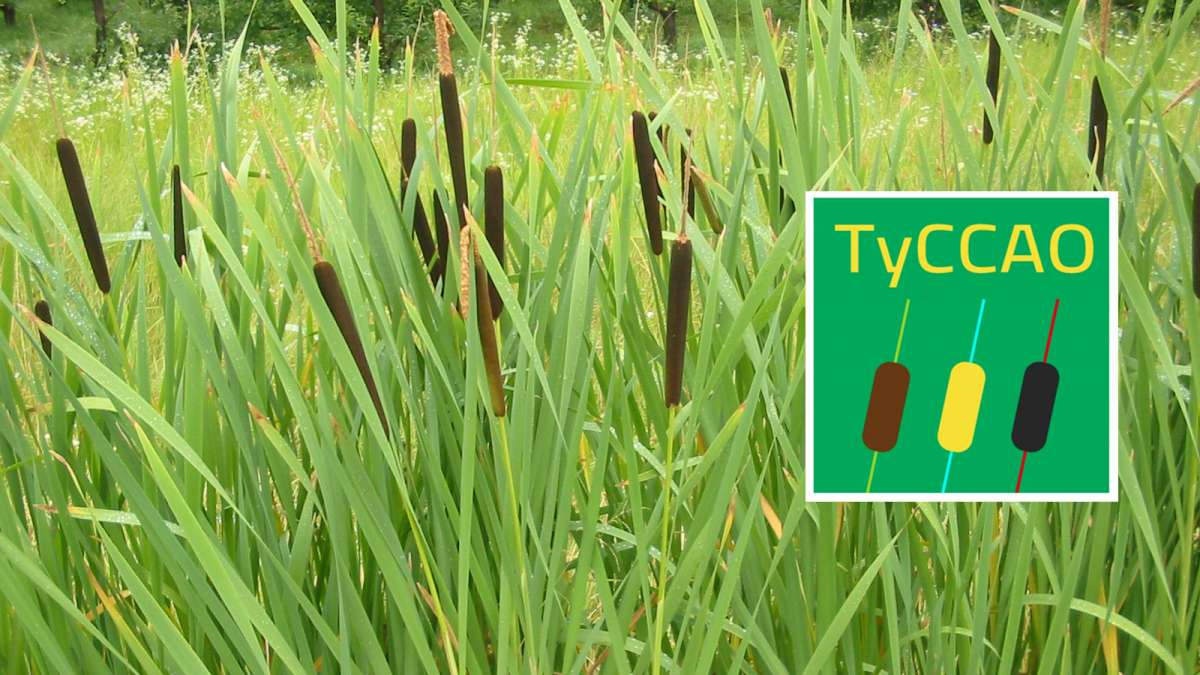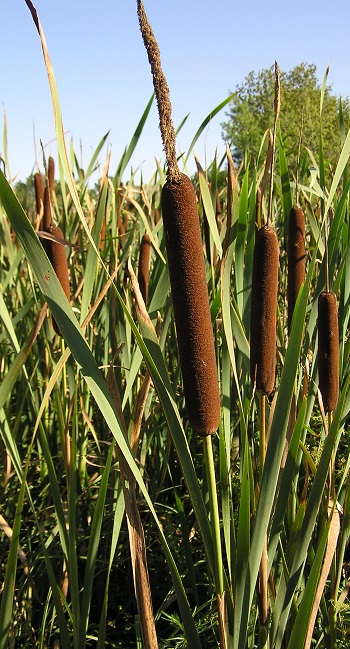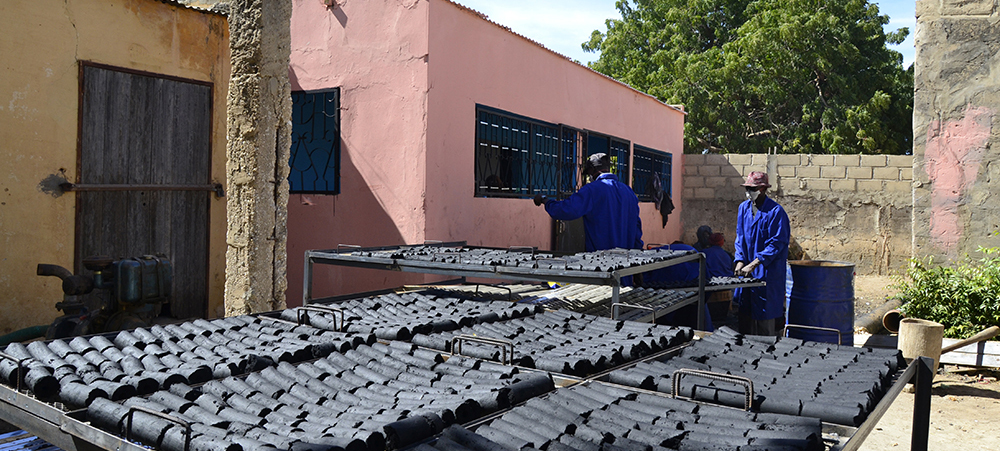
Cerema is one of the partners in this international research project, aimed at valorizing typha, a locally available reed, as a fuel and building material. The energy properties of this invasive plant, which grows rapidly in the Senegal River basin, are of particular interest.
The TyCCAO project follows on from the "Technology Transfer: Production of Typha-based Thermal Insulation Materials in Senegal" program, launched in 2013 and supported by the UN. It is also being carried out with Mauritania.
A wild plant to meet energy and environmental challenges
The stakes in this region are high: lack of access to energy directly affects 70% of the population, and 85% in rural areas. What is more, 730 million people rely on solid fuels for cooking (firewood and charcoal), which emit noxious fumes and whose exploitation puts heavy pressure on forest resources. Moreover the building sector consumes 75% of the energy in this demographically buoyant region.
Building construction techniques need to be adapted to the local context and resources.
The TyCCAO project has 4 objectives:
- Refine knowledge of the plant's biological functioning to control the risks of invasion and ensure optimal processing and production methods;
- Promote access to alternative energy from renewable biomass;
- Contribute to the development of buildings with low environmental impact through energy efficiency and the use of local, bio-sourced building materials;
- Raise awareness, provide training and stimulate inter/intra-sectoral and cross-border cooperation between institutional players, public decision-makers, industrialists, researchers and local entrepreneurs.
Typha can be valorized as bio-charcoal. An experiment in Mauritania has demonstrated the feasibility of small-scale and industrial production of typha-based charcoal, which emits fewer pollutants and has a lower carbon impact than charcoal.
It can also be transformed in various ways for construction, replacing materials of fossil origin whose production emits carbon :
- Earth-typha building materials;
- Plant-based concretes: blocks, coatings, prefabricated concretes.
- Insulating rigid panels;
- Fiber-reinforced earth panels (raw earth panels reinforced with typha microfibers);
- Loose-fill insulation (crushed typha);
- Thatched roofs.
Characterize typha's properties for panels and roofs
 Cerema, specialized in the fields of bio-sourced materials and building energy performance, is involved in several aspects of the project.
Cerema, specialized in the fields of bio-sourced materials and building energy performance, is involved in several aspects of the project.
Firstly, it has carried out documentary research at international level to establish the state of the art and the scientific and technical bibliography concerning test procedures, standards and the use of typha in construction.
Cerema teams are also involved in material characterization: physical properties (density, compressibility, granulometry, porosity, water content, etc.), chemical, thermo-physical and acoustic properties.
With regard to acoustics, the aim is more specifically to carry out a bibliography and characterization of raw materials with a view to qualifying the acoustic absorption and attenuation performance of materials that can be manufactured from typha.
Two types of tests are planned: on typha granulates and on whole stems.
- Typha aggregates are the subject of a series of laboratory tests, to identify their characteristics, potential setting or durability problems in construction, and to enable future modelling of the hygrothermal (moisture-related) functioning and properties of typha aggregate-based materials.
- Whole stems, which can be processed into panels or used in bundles for roofing, will also be characterized in acoustic and physico-chemical terms, so as to optimize the manufacturing process and adapt construction techniques.
- The performance of finished typha walls and typha bundles will also be assessed, in order to formulate recommendations for implementation.
Finally, the Life Cycle Assessment (LCA) method for typha materials will be applied, and a 3-year educational program has been drawn up to train Senegalese and Mauritanian design offices in the environmental assessment of materials and structures.
The aim of LCA is to determine the environmental impact over the entire lifespan of materials on the one hand, and of complete structures on the other.
Support for a program of 100 demonstration buildings
As part of the TyCCAO project, one of the aims of which is to support the building industry's growing expertise in the use of typha, a program is being set up to monitor a hundred or so demonstration buildings for different uses. Cerema is helping to set up the steering committee and to draw up the program and the instrumentation and measurement protocols.
A Demonstrator Committee has been set up to monitor and advise professionals on the use of different types of typha materials in these demonstrator buildings, to determine the positioning and type of sensors for instrumentation for each building, and to identify the results that will be useful.



